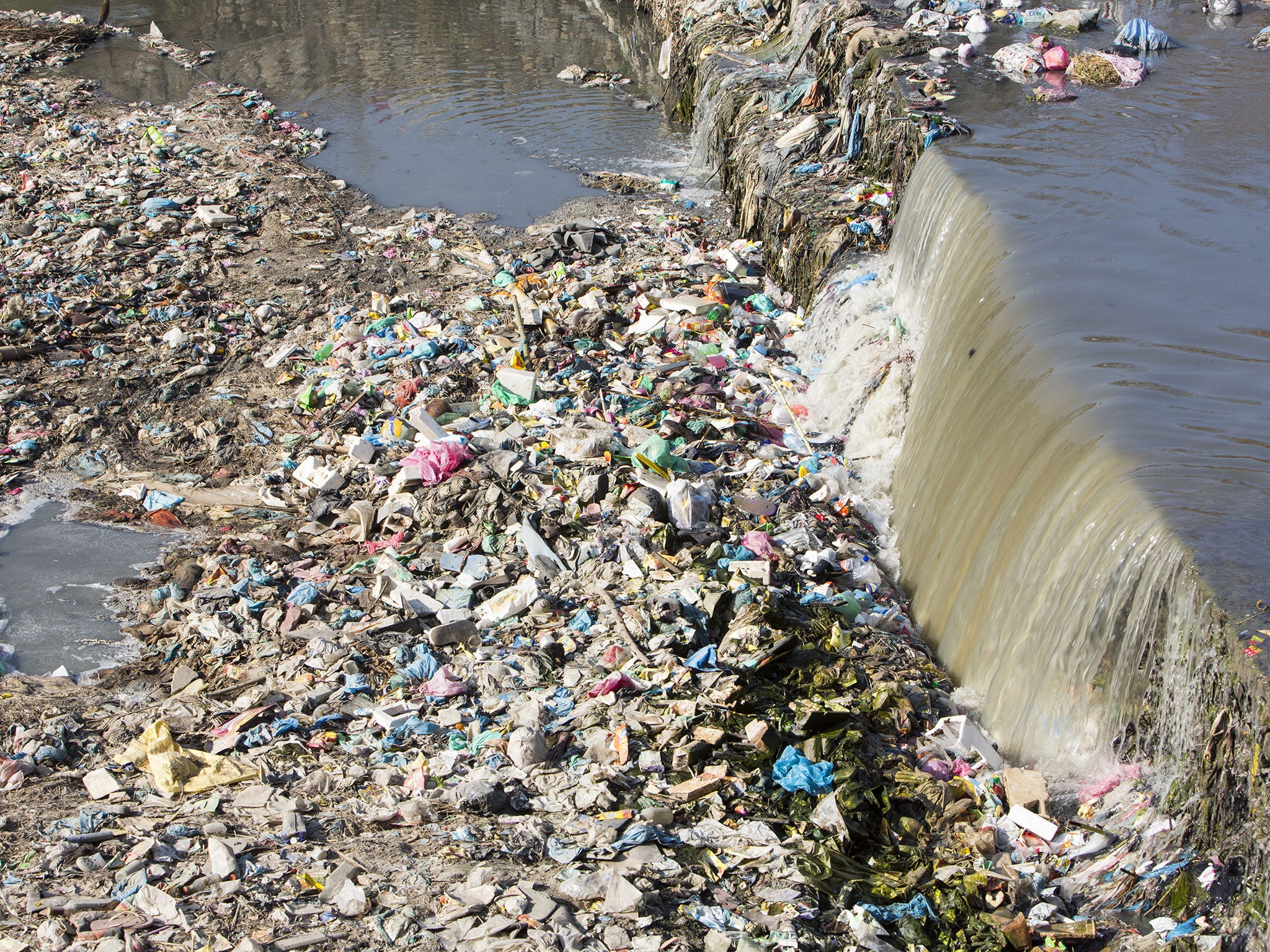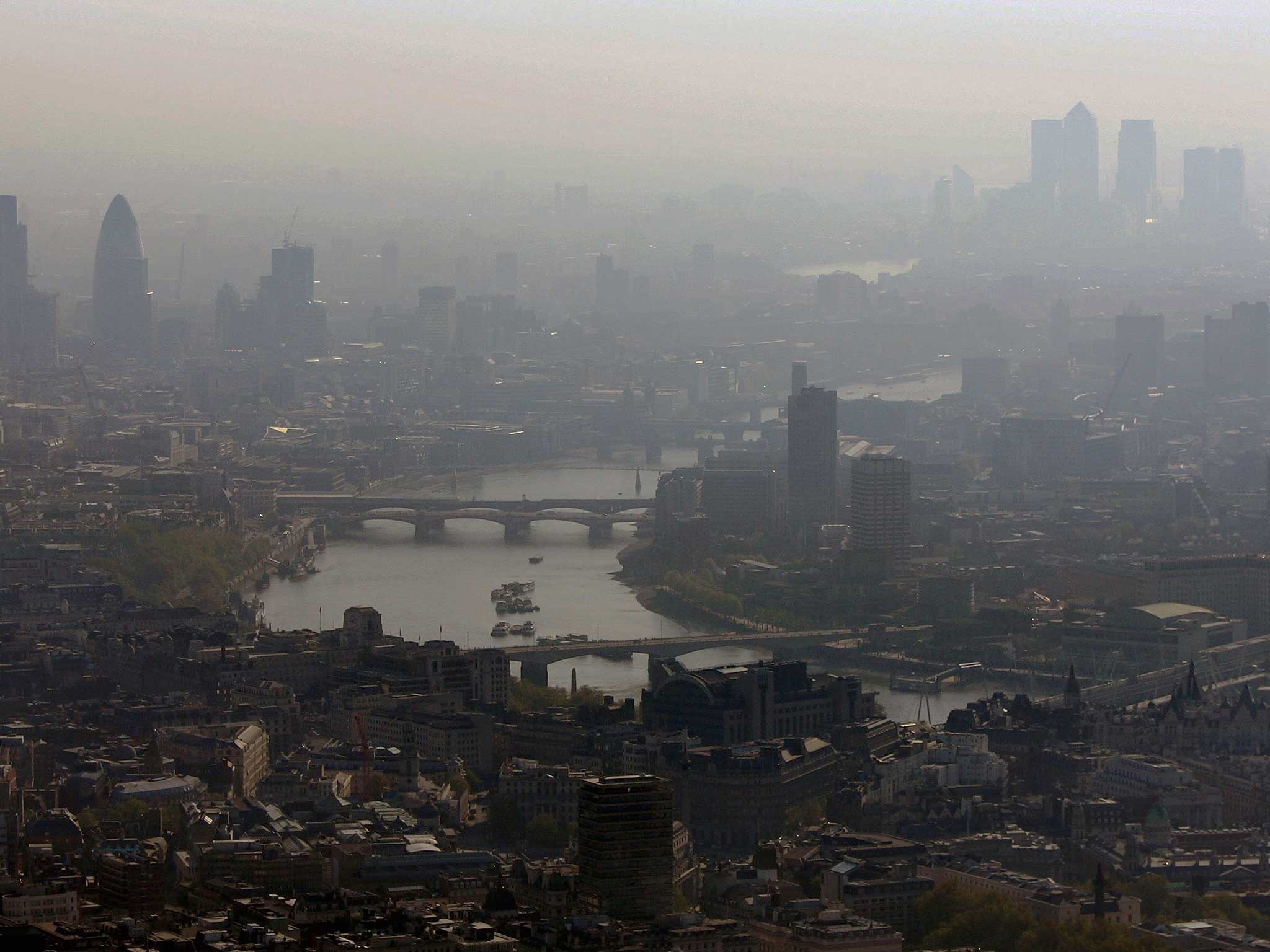Scientist warns we could be breathing in microplastic particles laden with chemicals
'If you can breathe them in, they could potentially deliver chemicals to lower parts of our lungs, maybe even across into our circulation'

Your support helps us to tell the story
From reproductive rights to climate change to Big Tech, The Independent is on the ground when the story is developing. Whether it's investigating the financials of Elon Musk's pro-Trump PAC or producing our latest documentary, 'The A Word', which shines a light on the American women fighting for reproductive rights, we know how important it is to parse out the facts from the messaging.
At such a critical moment in US history, we need reporters on the ground. Your donation allows us to keep sending journalists to speak to both sides of the story.
The Independent is trusted by Americans across the entire political spectrum. And unlike many other quality news outlets, we choose not to lock Americans out of our reporting and analysis with paywalls. We believe quality journalism should be available to everyone, paid for by those who can afford it.
Your support makes all the difference.There is a “real possibility” that we are breathing in potentially harmful microplastics from synthetic clothes and cosmetics that have got into the atmosphere after being flushed into the sewage system, a scientist has warned.
Giving evidence to the House of Commons Environmental Audit Committee, Professor Frank Kelly, an expert in environmental health from King’s College London, said researchers at his centre had just begun a study into whether tiny plastic particles in the air were a significant problem.
Plastic microbeads are added to some cosmetic cleansers as an exfoliant and as many as 100,000 can be flushed down the drain during a single shower. And it has been estimated that 1,600 plastic microfibres can be produced every time a single synthetic garment is washed.
Much of this plastic is too small to be routinely caught by sewage treatment plants and is flushed out into the sea, where it gets consumed by marine life, a problem that has caused increasing concern about the pollution of the marine and human food chains.
However, Professor Kelly told the committee that any microplastics caught in sewage treatment plants could be finding their way into the air.
“When you [farmers] spread slurry on fields, it dries out. You end up having microplastics lying on the surface of the field,” he said.
“There’s a real possibility that some of those microparticles will be entrained into the air and they will be carried around and we will end up breathing them.”
He said the study they were carrying out was a “horizon-scanning issue”.
“But the particles are of a size at which they are respiratorable,” he added. “They are increasing in number in our environment and there is a question to be asked about whether they are in our breathing.
“Up until very recently we were just worried about ingestion [of microplastics] through shellfish and other molluscs.
“If you can breathe them in, they could potentially deliver chemicals to lower parts of our lungs, maybe even across into our circulation in the same way we worry about vehicle emissions.”
Plastics contain different types of chemicals, some of which have been shown to interfere with human hormones.
They also tend to attract other chemicals “like a magnet”, leading to calls for plastics to be officially regarded as toxic once they enter the environment.
And the small size of the plastics could cause breathing problems in much the same way as traditional air pollution from fossil fuels.

The Government estimates that the lives of up to 50,000 people could be ended prematurely because of air pollution.
Professor Kelly said there had been little research on the issue of airborne microplastics, but a simple study had found them in rainwater collected on a Paris rooftop in 2013.
Committee member Rebecca Pow, the Conservative MP for Taunton Deane, appeared taken aback by the idea that people could be breathing in plastics.
“This sounds like a very serious issue,” she said as some MPs appeared startled by the news, “we’re not laughing about it, we’re laughing hysterically.”
Dr Erik van Sebille, of the Grantham Institute for Climate Change at Imperial College London, told the committee that plastic was a “fantastic material and we really wouldn’t want a society without plastic any more”.
But he said more should be down to reduce the amount of “leakage” into the natural environment.
Plastic had been found to make up 10 per cent of the weight of seabirds, he said.
“We don’t know how harmful this plastic is, but it is likely that just the weight burden on the bird flying around with so much plastic in their stomach is going to have an energy demand on the bird,” Dr van Sebille said.
Join our commenting forum
Join thought-provoking conversations, follow other Independent readers and see their replies
Comments